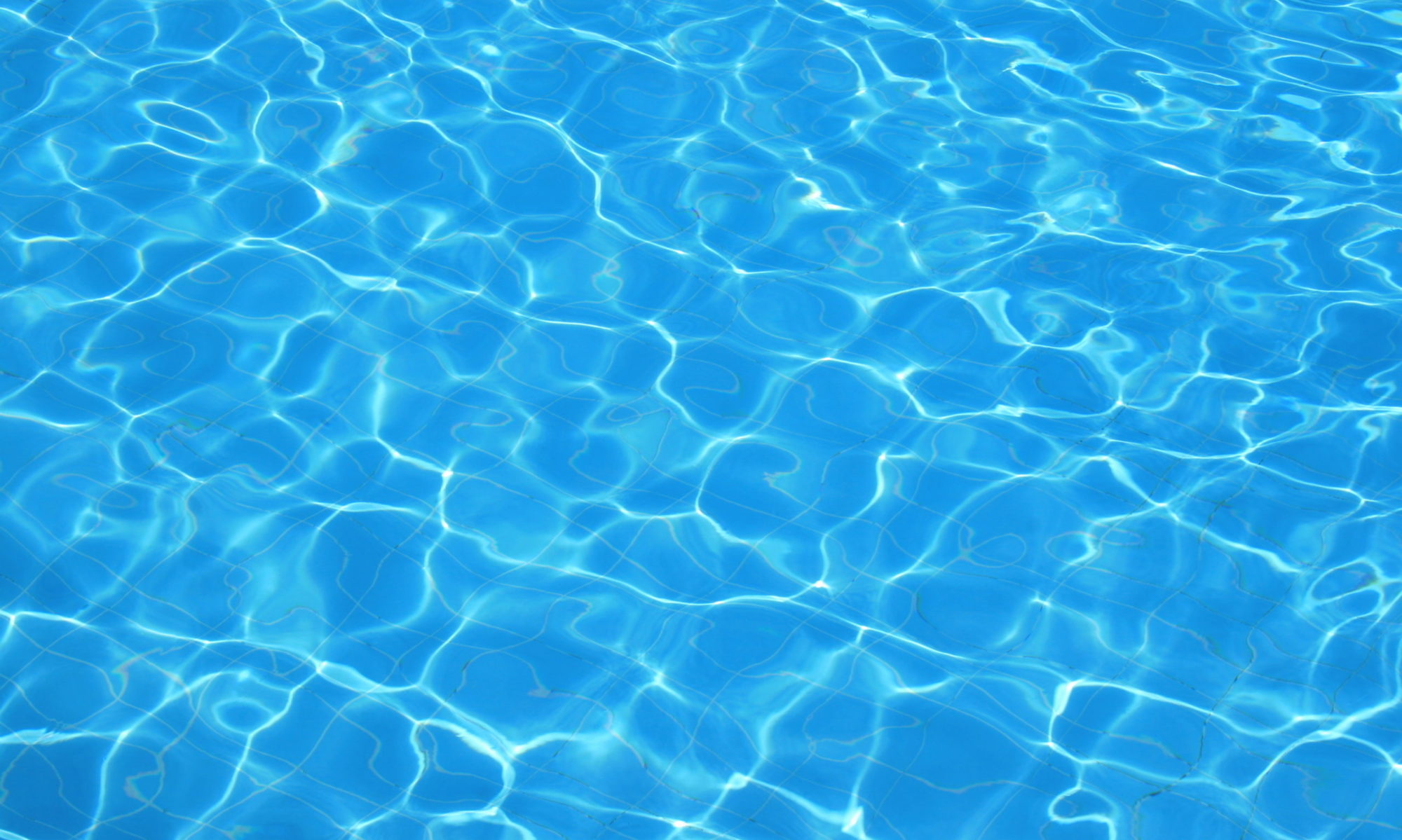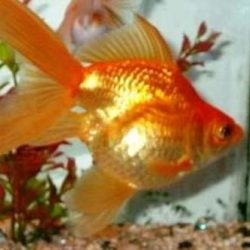Home > Marine Aquarium Fish > Ornamental freshwater aquarium fish
Ornamental aquarium fish hobby is very relaxing and enjoyable and is an educational experience. However as these aquatic pets are delicate when compared to mammalian pets and live in a very small and delicate environment, the ornamental aquarium hobbyist must know at least the basics of fishkeeping to be successful.
This endeavour, ‘Ornamental Aquarium Fish’ is to educate the beginner as well as provide useful information for the experienced hobbyist. In ‘Ornamental Aquarium Fish’ continuous efforts are being made to give the user/fishkeeper complete and frequently updated information on ornamental aquarium pets.
The visitor can get exhaustive information on setting up ornamental aquarium fish bowls, ponds, tanks and reefs. There are many articles on procuring, installing and maintaining ornamental aquarium equipment and accessories. In Ornamental Aquarium Fish you can find information on the basically different environmental requirements in freshwater and marine (saltwater) tanks.
As tropical ornamental aquarium fish tanks require special care, pertinent information is being given for the beginner as well as experienced hobbyist. In the confined, delicate environment, the ornamental fish are prone to diseases and environmental stress. These aspects of fishkeeping are discussed and explained here.
An ornamental aquarium enthusiast is overwhelmed by the staggering numbers of aquatic fish species available. More than two thousand species animal specimens making up the ornamental pets. Majority of the aquatic pets are of freshwater origin and are raised in farms.
However a few freshwater varieties are still sourced by the traders from wild collections. Most of the marine ornamental aquarium varieties (over 90%) are collected from natural habitats. Aquatic pets include vertebrates such as fish, reptiles, amphibians and also invertebrates such as shrimps, crabs, snails and live corals and live rock.
Countries making up the European Union are the largest market for aquatic pets and United States is the largest importer of ornamental pets in the world. It is estimated that the aquarium industry is worth more than 1000 million US dollars.
Ornamental freshwater aquarium
Aquatic pets have either freshwater or marine origins. Some species tolerate brackish (low saline) water. Freshwater ornamental species may have tropical or coldwater origins. Tropical specimens must be kept in a warm heated ornamental aquarium.
For the fishkeeper, a typical tropical tank has heating arrangements and plantations. Cichlids, bettas, tetras, angelfish, loaches, guppies, barbs, mollies, platys and swordtails can be kept in a tropical aquarium.
Coldwater species like goldfish, koi and White Cloud Mountain minnows, can withstand room temperature in temperate zones and are quite comfortable at around 60°F (15°C). Ornamental koi can even be kept in an outdoor pond and can stand temperatures down to 10°C.
Marine (saltwater) aquarium
Most of the saltwater species of ornamental fish are of tropical origins. The marine ornamental aquarium may hold, fish only or in combination with live rock. There are tanks dedicated to reef environment.
To have a successful marine aquarium tank, stringent water quality monitoring is a must. Reef tanks are primarily designed to house corals and other invertebrates. Acclimation is very important for saltwater species. The salinity at the stores and in the tank in the home may vary widely. The ornamental fish must be slowly acclimatized to the aquarium tank.
Fish bowls
Fish bowls are available in many sizes and fancy shapes. Though small specimens like feeder guppies can do well in a small half gallon bowl, as an act of kindness to the pets, I recommend a two gallon bowl for keeping your aquatic pet. Please note that the governments of two Italian cities, Monza and Rome have banned the use of round goldfish bowls.
If you want to keep goldfish bowls check up with your local lawmakers. Do not keep goldfish in a bowl. It is too small a place for a fast growing variety. Ornamental aquarium guppies, White Cloud Mountain Minnows, bettas, barbs, mollies, platys and ghost shrimps are ideal pets for keeping in bowls.
Fish tank aquariums
Ornamental pet tanks are usually made from glass or high-strength acrylic plastic. An acrylic tank is crack-resistant, light in weight, stronger than glass and available in different shapes.
They are manufactured in various sizes and shapes. Sizes may vary from a small 80 liter tank to huge public aquarium. Though the general shape is cuboid, ornamental aquarium tanks with hexagonal shape, L-shape, bow-front and circular shape are also available.
Ornamental aquarium equipment
The basic requirements for fishkeeping, apart from the tank, are a filtration system, an artificial lighting system, and a heater or chiller. Usually a stand is required for placing the ornamental tank. Containers for holding aged water for water exchange are also needed.
Appropriate gravel is required, taking the size of the pet and habits of the pets into consideration. A standby power generator may also be required. A kit to analyze aquarium water quality is a must.
Ornamental aquarium fish food
Prepared foods in the form of flakes, pellets or tablets are used to feed the pets. Aquarium food blocks are available, which release the feed slowly over considerable time. Ready made medicated feed is given when the pets are diseased. Frozen food, dried food and live food are also available and are given to enhance the color of the specimen as well as to take care of protein requirements.
Aquarium fish diseases
Aquatic medicine is fast emerging as an important specialty within the practice of veterinary medicine. The ornamental aquatic pets are becoming highly prone to diseases. In wild specimens the genetic diversity is maintained and enhanced by natural cross breeding. However the habitats have become highly polluted and the wild ornamental aquarium specimens are already under stress and easily contract infections and diseases.
Farm raised ornamental aquatic pets may be hygienically maintained by the farmer/trader. But they are always selectively bred or inbred to develop new strains, which makes them lose their natural resistance and immunity to diseases. They easily contract diseases and develop genetic deformities.
For further information on the types of aquatic pet diseases and their remedies read the topic ‘common fish diseases‘.

